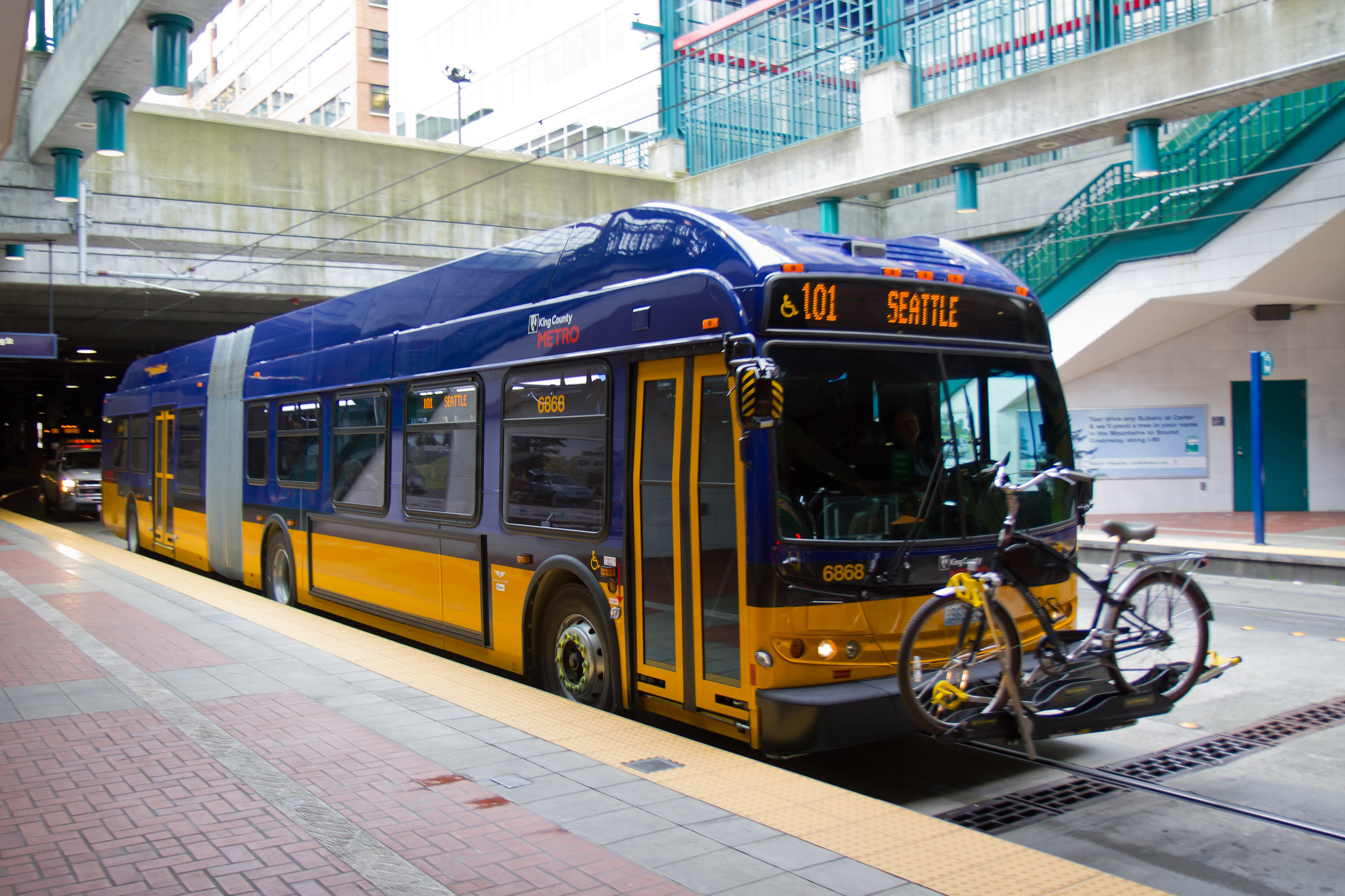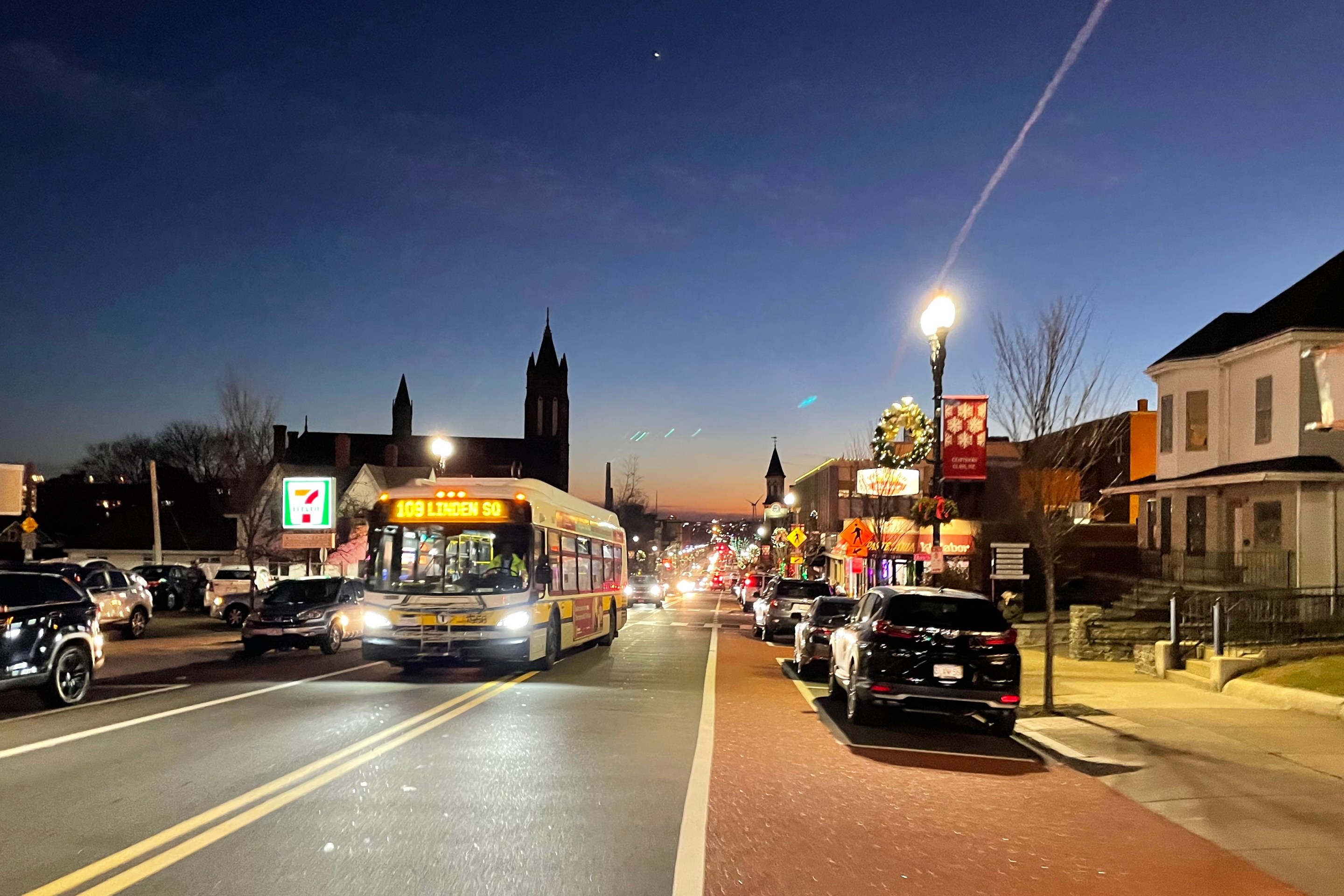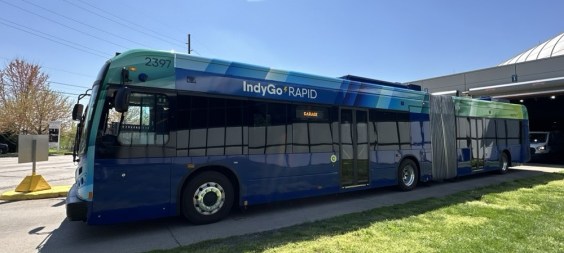The number of people driving solo to work in Seattle fell from 53 percent in 2010 to only 44 percent in 2018 — the steepest decline in the nation among large metro areas over that period according to a Seattle Times analysis of Census records.
A significant number of Washingtonians ditched their cars entirely. Only 81 percent of Seattle households owned a car in 2018, down three points from 2010 and one of the largest drops among U.S. cities where trends have been moving in the opposite direction this decade.
Seattle's success offers a marked contrast to the Boston region, where, as reported in the Boston Globe's "Seeing Red" special report last week, the past five years have seen an increase of 59,000 more workers struggling through notorious traffic jams to drive alone to work.
Seattle's experience proves that successful cities can reduce the number of cars on the road and shift its population to rely on mass transit. Here are a few of those lessons.
Spend More on Transit
If you build transit infrastructure that works, people will use it.
The Emerald City has been investing the most per capita on new transit projects than any city in the country, according to the Federal Transit Administration. That was partly due to the Seattle City Council creating a Transportation Benefit District in 2010 to spend money from vehicle license fees on transportation improvements. Four years later, voters agreed to tack on an additional $60 city-only fee directed exclusively for transit projects and a 0.1-percent sales tax increase for improved bus service.
Then in 2015, Seattle voters signed off on a property tax levy that would generate $930 million over 10 years. The following year, voters approved a $54-billion transit plan to construct 62 new miles of light rail and rapid bus transit on two highways over the next 20 years. Just as importantly, transportation officials have put the money they've received from taxpayers directly into transit projects. For every $1 that went into the system, $0.91 went toward transit service while only two cents was allocated toward administrative costs.
In Massachusetts, efforts to increase statewide funding for transit remain stalled on Beacon Hill. Earlier this year, leading Democrats had announced their intention to have a transportation funding bill approved in the House before the Thanksgiving break. With that deadline looming, House Speaker Robert DeLeo announced earlier this month that he would postpone the debate until the Legislature reconvenes in 2020.
Improve Existing Service, Especially Buses
Seattle has made its transit system more attractive for residents because regional leaders and advocates pushed to improve frequency and range. That starts with buses.
Thanks to the sales tax increase, transit leaders were able to add 270,000 service hours and have buses that run once every 10 minutes within a 10-minute walk of 64 percent of the population in 2017, up from 25 percent of the population in 2015. Seattle has also reoriented its bus network to meet capacity and give commuters a competing option than taking their own cars to get downtown to work in the morning. Only about 25 percent of commuters are driving downtown by themselves while 70 percent of trips there are made by people who aren't relying on private vehicles at all.
The Boston region has rolled out a number of bus lanes this year to aid MBTA buses, but thanks to a lack of space at MBTA bus garages, the agency is unable to buy more buses or add peak-hour service on key routes without simultaneously cutting service elsewhere.
Plans to build new bus garages remain in the conceptual stages, which means that the MBTA is unlikely to have room to add more buses until the mid-2020s.
Make it Equitable
The region's transit systems, King County Metro and Sound Transit, have worked to provide discounted fares for people who can't afford to use transit, but would otherwise take it. Anyone making an income 200 percent below the poverty line, or less than $24,280, can enroll in "Orca Lift" program which offers $1.50 fares, a 45-percent discount from the full rate.
Those discounts extend to young people between the ages of 6 and 18, who can also apply for an Orca card offering the $1.50-per-ride rate plus a transfer to another service.
King Country Metro also instituted a $2.75 fare in regardless of time or distance in the summer of 2017, to encourage people to use transit during rush hour and if they live far away from downtown neighborhoods instead of driving.
Most important, Seattle has decriminalized fare evasion giving first-time offenders a warning and a violation with a $25 fine attached to repeat fare beaters instead of hundreds of dollars of tickets and a likely arrest which would entrap impoverished passengers in a cycle of criminalization.
Here in Massachusetts, the MBTA is working on low-income fare concepts, but any implementation will be dependent on the completion of the agency's delayed "Automated Fare Collection 2.0" project.
Get Corporate Buy-In
Washington State is home to a dozen Fortune 500 companies including the headquarters of groundbreaking technology firms like Amazon, Microsoft, and Boeing. Seattle's transit leaders have smartly worked with corporate executives to encourage that workers who live in the region take transit to their jobs as much as possible by subsidizing monthly transit passes and funding tens of thousands of additional service hours.
Taking an approach that incentivizes transit ridership instead of say providing a free parking space at the corporate headquarters puts money back into transit systems while reducing traffic congestion on the roads.
Transit can even become another tool for companies to attract workers in a competitive job market. Microsoft for instance boasts that 43 percent of its workforce gets to its suburban Redmond campus without driving alone and instead uses its Microsoft-owned Connector bus and transit.
As the Globe detailed in the second part of their three-part series last week, many Boston and Cambridge employers do offer to pay for their employees' transit trips, but simultaneously offer free parking, thus diminishing the incentive for their workers to take transit.
Trust Voters, Most of the Time
Seattle's voters have shown again and again that they're willing to spend their own money if it will improve their region's transportation in the long run. Unfortunately that can't be said for their suburban neighbors who overwhelmingly voted this month to lower their vehicle license fees, known as car tabs, to a flat $30 which would slash tens of billions of dollars in transportation spending across the state.
The initiative succeeded because it was an overly simplistic message aimed at trimming taxpayer bills and voters didn't understand the vast ramifications of their decision. But Seattle voters knew what their money would go toward and voted against the car tab measure.
Expanding transit can still be a hard sell in the 21st century especially if voters rarely use it themselves and are expected to pay for services primarily installed in cities. Sound Transit plans on collecting revenue from car tabs despite the vote and it's possible that future initiatives to raise transportation revenue will be focused on the cities and counties that want transit in their communities.






